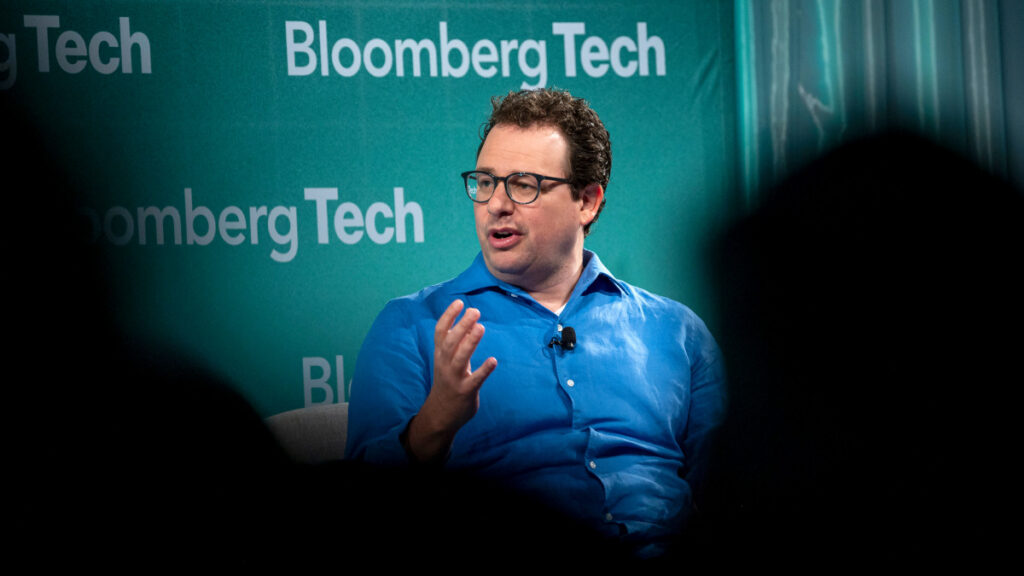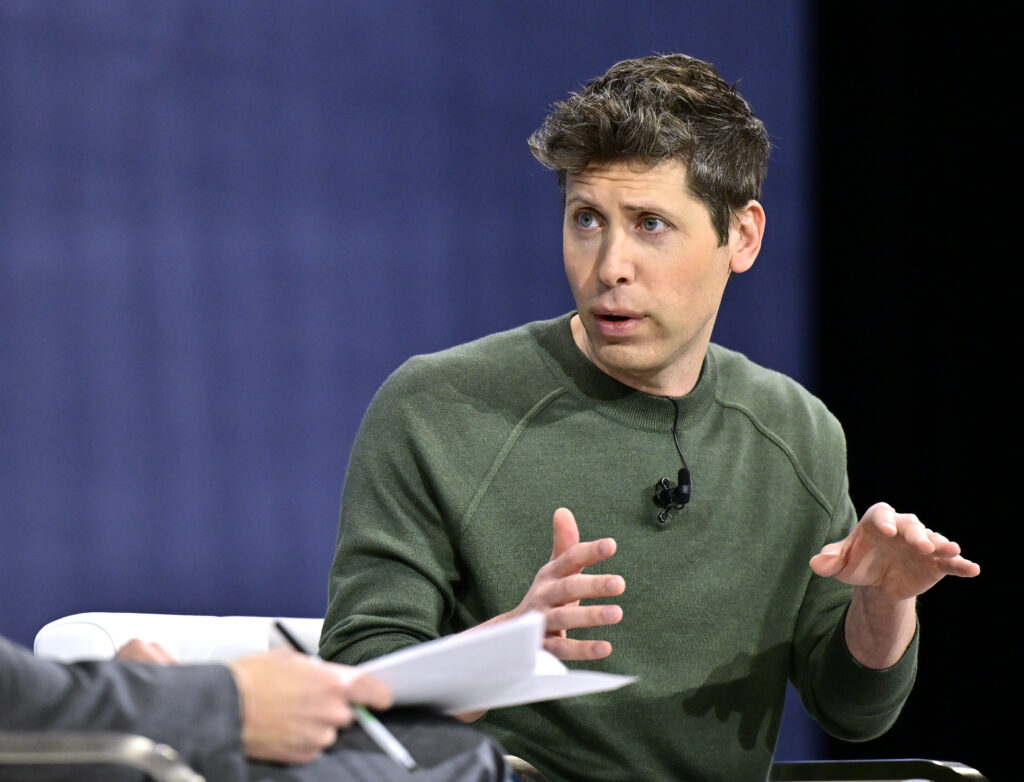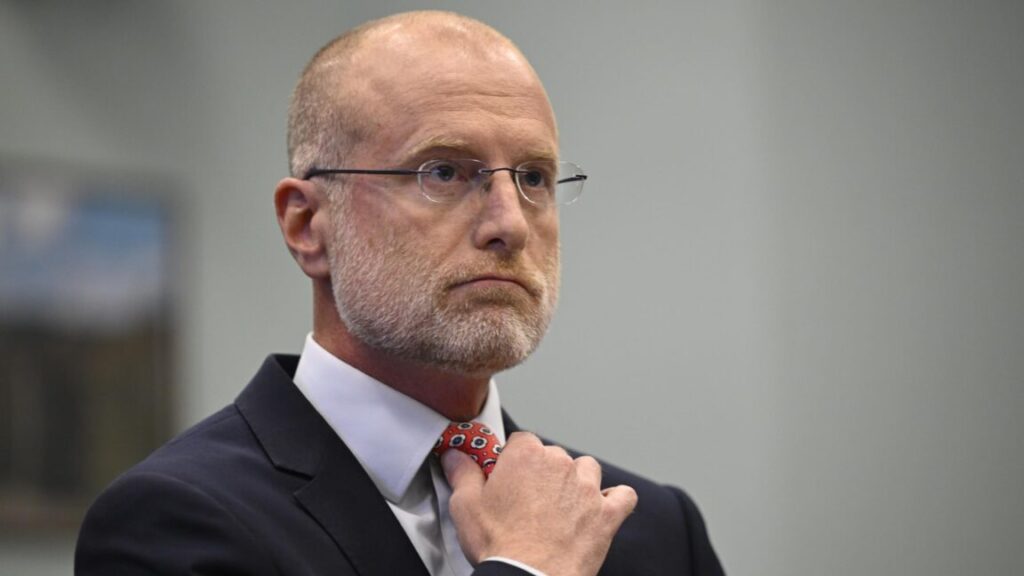The insane attempted AI moratorium has been stripped from the BBB. That doesn’t mean they won’t try again, but we are good for now. We should use this victory as an opportunity to learn. Here’s what happened.
Senator Ted Cruz and others attempted to push hard for a 10-year moratorium on enforcement of all AI-specific regulations at the state and local level, and attempted to ram this into the giant BBB despite it being obviously not about the budget.
This was an extremely aggressive move, which most did not expect to survive the Byrd amendment, likely as a form of reconnaissance-in-force for a future attempt.
It looked for a while like it might work and get passed outright, with it even surviving the Byrd amendment, but opposition steadily grew.
We’d previously seen a remarkable group notice that this moratorium was rather insane. R Street offered an actually solid analysis of the implications that I discussed in AI #119. In AI #120, we saw Joe Rogan and Jesse Michels react to the proposal with ‘WHAT’? Marjorie Taylor Greene outright said she would straight vote no on the combined bill if the provision wasn’t stripped out and got retweeted by Elizabeth Warren, and Thomas Massie called it ‘worse than you think.’ Steve Bannon raised an alarm and the number of senators opposed rose to four. In #122, as the provision was modified to survive the Byrd amendment. Amazon, Google, Meta and Microsoft were all backing the moratorium.
As the weekend began, various Republican officials kept their eyes on the insane AI moratorium, and resistance intensified, including a letter from 16 Republican governors calling for it to be removed from the bill. Charlie Bullock notes that this kind of attempted moratorium is completely unprecedented. Gabriel Weinberg is the latest to point out that Congress likely won’t meaningfully regulate AI, which is what makes it insane to prevent states from doing it. The pressure was mounting, despite a lot of other things in the bill fighting for the Senate’s attention.
Then on Sunday night, Blackburn and Cruz ‘reached an AI pause deal.’ That’s right, Axios, they agreed to an AI pause… on state governments doing anything about AI. The good news was it is down from 10 years to 5, making it more plausible that it expires before our fate is sealed. The purported goal of the deal was to allow ‘protecting kids online’ and it lets tech companies sue if they claim an obligation ‘overly burdens’ them. You can guess how that would have gone, even for the intended target, and this still outright bans anything that would help where it counts.
Except then Blackburn backed off the deal, saying that while she appreciated Cruz’s attempts to find acceptable language, the current language was not acceptable.
Senator Blackburn (R-Tennessee): This provision could allow Big Tech to continue to exploit kids, creators and conservatives. Until Congress passes federally preemptive legislation like the Kids Online Safety Act and an online privacy framework, we can’t block states from making laws that protect their citizens.
As always Blackburn is focusing on the wrong threats and concerns about AI, such as child safety, but she’s right on the money about the logic of a moratorium. If you can’t do the job, you shouldn’t stop others from doing it.
I’d also note that there is some sort of strange idea that if a state passes AI regulations that are premature or unwise, then there is nothing Congress could do about this, we’d be stuck, so we need to stop them in advance. But the moratorium would have been retroactive. It prevents enforcement of existing rules.
So why couldn’t you take that same ‘wait and see’ attitude here, and then preempt if and when state laws actually threaten to cause trouble in practice? Or do so for each given type of AI regulation when you were ready with a preemptive federal bill to do the job?
So Blackburn moved to strip the moratorium from the bill. Grace Chong claims that Bannon’s War Room played a key role in convincing Blackburn to abandon the deal, ensuring we weren’t ‘duped by the tech bros.’
At first Ted Cruz believed he could still head this off.
Diego Areas Munhoz: “The night is young,” Sen Ted Cruz tells me in response to Blackburn walking back on their deal. There are 3 likely GOP nos on moratorium. He’ll need to ensure there are no other detractors or find a Democratic partner.
Instead, support utterly collapsed, leaving Cruz completely on his own. 99-1, and the one was Thillis voting against all amendments on principle.
Mike Davis: There are more than 3. The damn is breaking.
Thank you for your attention to this matter.
The larger bill, including stripping quite a bit of funding from American energy production despite our obviously large future needs, among many other things that are beyond scope here, did still pass the Senate 51-50.
The opposition that ultimately killed the bill seems to have had essentially nothing to do with the things I worry most about. It did not appear to be driven by worries about existential or catastrophic risk, and those worries were not expressed aloud almost at all (with the fun exception of Joe Rogan). That does not mean that such concerns weren’t operating in the background, I presume they did have a large impact in that way, but it wasn’t voiced.
All the important opposition came from the Republican side, including some very MAGA sources. Very MAGA sources proved crucial. Opposition from those sources was vocally motivated by fear of big tech, and a few specific mundane policy concerns like privacy, protecting children, copyright and protecting creatives, and potential bias against conservatives.
This was a pleasant surprise break from the usual tribalism where a lot of people seem to think that anything that makes us less safe is therefore a good idea on principle (they would say it as ‘the doomers are against it so it must be good’ which is secretly an even more perverse filter than that, consider what those same people oppose in other contexts.) Now have a different kind of tribalism, which does not seem like it is going to be better in some ways? But I do think the concerns are coming largely from ultimately good places, even if so far not in sophisticated ways, similar to the way the public has good instincts here.
I am happy the moratorium did not pass, but this was a terrible bit of discourse. It does not bode well for the future. No one on any side of this, based on everything I have heard, raised any actual issues of AI long term governance, or offered any plan on what to do. One side tried to nuke all regulations of any kind from orbit, and the other thought that nuke might have some unfortunate side effects on copyright. The whole thing got twisted up in knots to fit it into a budget bill.
How does this relate to the question of which arguments to make and emphasize about AI going forward? My guess is that a lot of this has to do with the fact that this fight was about voting down a terrible bill rather than trying to pass a good bill.
If you’re trying to pass a good bill, you need to state and emphasize the good reasons you want to pass that bill, and what actually matters, as Note Sores explained recently at LessWrong. You can and should also offer reasons for those with other concerns to support the bill, and help address those concerns. As we saw here, a lot of politicians care largely about different narrow specific concerns.
However, if you are in opposition to a terrible bill, that’s a different situation. Then you can and should point out all the problems and reasons to oppose the bill, even if they are not your primary concerns, and there is nothing incongruent about that.
It also requires a very different coalition. The key here was to peel off a few Republicans willing to take a stand. Passing a bill is a different story in that way, too.
The other thing to notice is the final vote was 99-1, and the 1 had nothing to do with the content of the amendment. As in, no one, not even Ted Cruz, wanted to be on record as voting for this once it was clear it was going to fail. Or alternatively, everyone agreed to give everyone else cover.
That second explanation is what Neil Chilson says happened, that this wasn’t a real vote, instead meant as a way to save face, a claim that I saw only after publication, so this ending has been edited to reflect the new information – I disagree with Neil on many things but I see no reason not to believe him here.
Neil Chilson: This vote was not a “preference cascade.” This was a procedural effort by leadership to reassemble the republican conference in prep for the final vote on the whole BBB after Blackburn’s reneging threw it into chaos.
The intent was to vote 100-0 in support of the repeal, to both unify the group and still send the signal that this wasn’t the real count. I think Cruz actually moved the vote for the amendment. But apparently Tillis (who hadn’t really been involved in the whole thing) voted *againstthe repeal. Hence the 99-1.
This was a really close win for opponents of the moratorium, so an adjust your expectations accordingly.
Exactly. A 100-0 vote is what leadership does when it knows the issue is lost and they don’t want to make everyone own the L. It’s not a reflection of where the vote actually would have landed.
This still involved a preference cascade, although this new scenario is more complex. Rather than ‘everyone knew this was crazy and a bad look so once they had cover they ran for the exits’ it is more ‘once there was somewhat of a preference cascade the leadership made a strategic decision to have a fake unified vote instead’ and felt getting people’s positions on record was net negative.
This is all now common knowledge. Everyone knows what happened, and that the big tech anti-regulation coalition overplayed its hand and wants to outright have a free hand to do whatever they want (while pretending, often, that they are ‘little tech’).
I would also caution against being too attached to the vibes this time around, or any other time around. The vibes change very quickly. If the CCP committee meeting and this vote were any indication, they are going to change again soon. Every few months it feels like everything is different. It will happen again, for better and for worst. Best be ready.
















